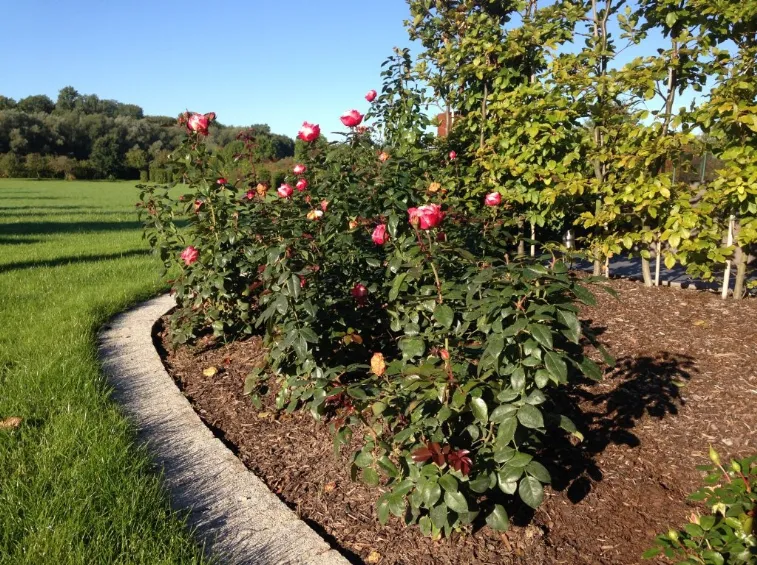Guano as a fertilizer for roses
Rose fertilizing
Roses, like all other plants, need to be watered, fertilized and cared for with love. All the attention you pay to your roses will be reciprocated in terms of flowering, disease resistance and aesthetic performance. There are thousands of varieties in nature; of roses, each with totally different characteristics l’ one from the other’ Precisely for this reason the products to be used for roses vary from one species to another. Particular attention must be used, for example, for fertilization. Some believe that fertilizing roses with guano makes them more ugrave; healthy and più strong. This fertilizer forò it should be used only in particular periods of the 26-rsquo; year.
Guano fertilizer for roses
The guano è an organic fertilizer derived from the manure of sea birds. This fertilizer can be carried out; get from penguin droppings, cormorants and even bats. The guano è known for having a high content of nitrogen and potassium, a low content of phosphorus, a high content of mineral salts and a considerable content of nitrates. In gardening, guano is used for fertilizing flowering plants and for acidophilic plants. This fertilizer must be used with extreme care due to its high nitrate content. In case of excessive rainfall, these substances can be washed out and dissolved in the ground with consequent pollution of the aquifers.
Guano for roses
Guano is used to fertilize roses, flowering bushes and climbing plants. L’ high nitrogen content stimulates vegetative awakening, while potassium strengthens the structure of the plant making it più resistant to pests and diseases. The potassium dose of guano, even if low, stimulates rooting and promotes flowering. Rose guano is marketed in the form of slow-release granules. Actuallyà it is a kind of sand that slowly releases nutrients to plants. The guano più used for roses has the NPK 11-5-11 formulation, where 11 indicates the nitrogen and potassium content and 5 that of phosphorus. On the market there are also chemical fertilizers added with guano and ciò explains the NPK formulation of some commercial fertilizers.
I use guano as a fertilizer for roses
Fertilization with guano is done twice l’ year: in March and August, or in May and September, it depends on the type of plant. In some zones with a temperate climate, autumn fertilization can be severe; carry out also in October, in others in August. The autumn fertilization, in fact, must be done before the plants go to rest. If not, the rose could be forced to vegetate again.



